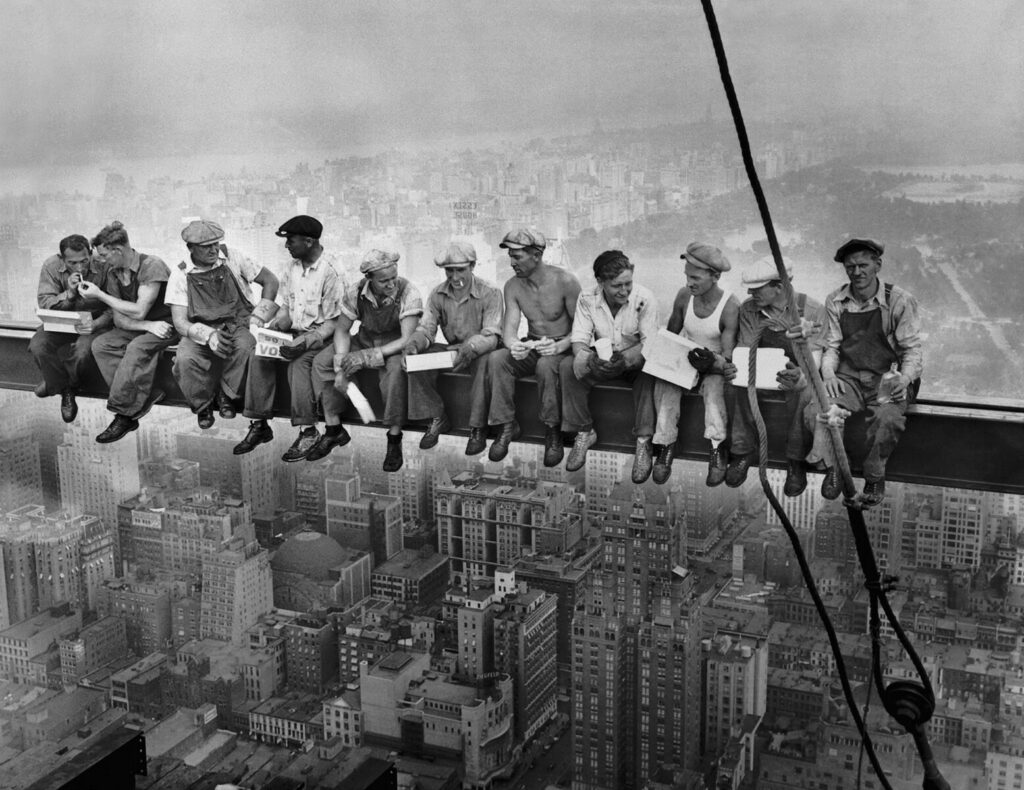A massive shift is occurring in the labor market today, one that has been misinterpreted by economists of all stripes: On the right, there is the false meme that lazy workers are staying home because the (3) massive CARES Act. Unemployment bennies are so generous, its leisure + easy living. This rehash of Reagan era dog whistle of welfare cheats driving Cadillacs, has been long on random anecdotes, short on supporting data.
I am empathetic to the argument that fear of the virus is a valid reason keeping people from low paying jobs requiring interaction with potentially deadly, infectious members of the public. “Who the hell wants to risk their lives for $8 an hour before taxes?” Thats before we mention the politicization of mask-wearing by “Karens” (see the YouTube videos of these idiots in supermarkets).
I suspect it is something broader, more than merely the economic recovery being impacted by Covid. Maybe more of a significant change, perhaps even a secular reversal of the longstanding power dynamic between capital and labor.
Coming out of World War Two, good middle class jobs were available in both manufacturing and government work. You didn’t need a college degree to get these jobs; nor did the typical (white) suburban household require two full time workers for the family to afford a decent standard of living. Dad went to work, that was enough to afford a home in the suburbs in a decent school district, a car for the family, even an ability to pay for college educations for their kids.
That model lasted about a generation after the war: By the late 1960s/early 70s, the economy began shifting. Rising inflation and the collapse of unions were but two factors impacting this once idyllic economy. The next the next half century saw an ongoing increase in corporate power, both politically and economically. There is a longer discussion to be had about how the Supreme Court of the United States made some truly boneheaded WTF?!? decisions – Corporations are people; money is speech? – as part of that ideologically driven shift. You can debate the jurisprudence or ideology behind these, but the results were a widespread decrease in the standard of living for many Americans. Political donations and lobbying that were once seen as corrupt graft became the norm. Thanks, SCOTUS!
Not coincidentally, over that same period the Federal Government failed to raise the minimum wage to levels commensurate with either productivity or corporate profits or inflation. The past half century was not a good time to be in the bottom 80% of the economic earners in America.
But the times, they are a changing. Over the past decade, this system has being challenged. Companies like McDonald’s and Walmart game the system so they were subsidized by anti-poverty programs. Their employees were so underpaid they still qualified for government assistance. Recall the McResource help line that assisted McEmployees in getting food stamps and other aid. Often, large profitable public companies were the biggest beneficiary of welfare in many states in America. If for no other reason, minimum wages should be raised so that shitty Welfare Queens like McDonalds and Walmart would be forced off their abusive suckling at the public teat.
The recovery from the financial crisis and an adherence to an older cost-cutting approach led to a shortage of qualified staff at many companies. My favorite examples manifest itself in Walmart stores – they looked rundown, and understocked, with empty shelves. “Underinvestment in labor” was part of the reason Wal-Mart’s employee turnover was as high as 70%. Middle class consumers decided to patronize instead the more modern stores where companies paid their employees a decent wage: CostCo, Trader Joe’s, Target, and Starbucks. They all demonstrated you didn’t need to impoverish your staff in order to be profitable.
The marketplace forced stores like Walmart to compete for workers by raising their wages, doing what the Federal government should have been doing all along.
It may be too early to suggest that the power has shifted back to the labor side of the aisle, but it’s pretty clear that the world of the post-GFC 2020s is a different one that that of 1990s and pre-crisis 2000s:
-Fiscal stimulus now compliments monetary stimulus;
-White House focused shifts to middle class jobs from tax cuts for rich;
-Infrastructure plans neglected for decades are getting a serious push;
-Economic inequality and racial injustice are topics of discussion;
-Vaccinations have been made available to the entire country at no cost;
-Affordable Care Act is increasingly making heathcare available to the poorest Americans.
All of the above suggests a return to the post-war, pre-Reagan era that was dominated by middle class policies creating jobs and rising standards of living.
I do not mean to suggest that a resurgent union movement or an ongoing expansion of the middle class will look exactly like the post war era; but there does appear to be increased appetite for an economic realignment. Not so much Bernie Sanders or AOC, but a traditional centrist – someone like Joe Biden – with more of a middle class focus and policy push.
Time will tell whether this is a temporary blip or the reversal of that half century trend. If it has legs, it could lead to a significant realignment of politics, economic policy, and living standards in the USA.
Previously:
Wages in America
How McDonald’s and Wal-Mart Became Welfare Queens (Nov 13, 2013)
The Minimum Wage and McDonald’s Welfare (Dec 17, 2013)
Always Low Wages? Wal-Mart’s Other Choices (Dec 18, 2013)
Wal-Mart’s Minimum Wage Breakdown (Feb 23, 2015)
Ending the Minimum-Wage Subsidy (May 20, 2015)


